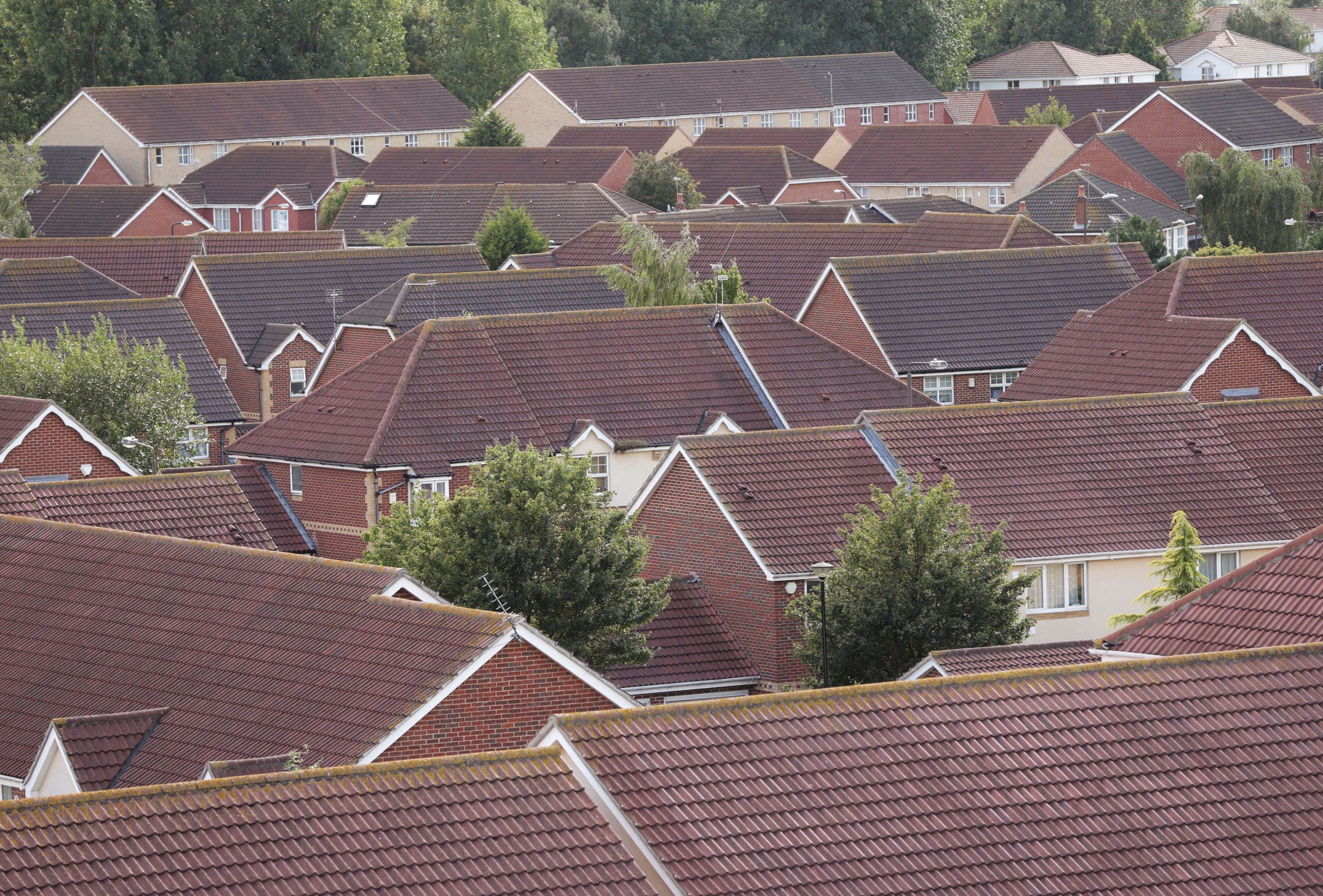Imperfect borrowers left behind as mortgage wars hot up
There are now 86 mortgage deals touting rock bottom interest rates. But don’t bank on getting one. And don’t relax if you do

When one of the nation’s biggest mortgage lenders announces that it will charge successful applicants just 0.87 per cent interest on home loans, it inevitably causes a stir.
Nationwide’s big move, which comes with a £1,499 fee, marks out the latest battle line in the increasingly ferocious fight currently playing out between lenders across the country and on the surface at least, that’s great news for borrowers battling soaring house prices.
"The mortgage rate wars have taken on an almost Spartan intensity as lenders fight for the market share of low-risk, quality borrowers,” says Lewis Shaw, founder of mortgage broker Shaw Financial Services.
"Mortgage lenders are elbowing and barging each other in an effort to sweep up the highest quality customers they can and they’re using absurdly low rates to land their prey.”
After the number of lenders dishing out sub-1 per cent mortgage deals in March rose to 12 by July “...there are now 86 deals with an interest rate of 0.9 per cent or lower,” adds Miles Robinson, head of mortgages at broker Trussle.
“This is great news for buyers, as they have the opportunity to guarantee record low interest on their mortgage payments for up to 5 years, offering them certainty and stability.”
In fact, with lenders reluctant to lock in such ultra-low rates for long, most are two-year fixed rate offers and getting your hands on one of these deals is easier said than done.
“While it is extremely positive that lenders are passing competitive rates onto consumers, buyers will need significant deposits, typically of around 40 per cent,” warns Robinson.
“As a result, those who can only afford high LTV products, like first-time buyers, are still missing out on the lowest interest rates available.”
Even the cheapest borrowing in history isn’t going to solve the relentless affordability challenges facing those struggling to reach the first rung on the property ladder.
Nationwide’s latest house price report suggests values rose to 11 per cent, including 2.1 per cent in the last month – the second largest increase in 15 years. By August, UK house prices were 13 per cent higher than they were before the pandemic.
That means the average house price is now nudging £250,000, which in turn means the ideal 40 per cent deposit comes in at a shade under £100,000.
First time buyers paid an average deposit of just over £57,000 last year. Despite scraping together an extra £11,000 each compared with the year before, the gap yawns for those who aren’t able to cash in on value rises on an existing home to fund the next move.
Trussle’s own research suggests that only a tiny proportion of mortgage customers are even looking at these low rate deals – just 2 per cent of enquiries. The vast majority are re-mortgaging too, typically looking for loans worth between 50 and 60 per cent of the property value.
“This is creating a real disparity in fairness across the market, where those with the least capital are unable to take advantage of interest rates below 1 per cent,” says Robinson.
“We hope to see more low interest fixed term products become available. But we urge lenders to ensure that all buyers have the opportunity to access the most competitive rates.”
Even if you can fulfil the criteria demanded from cherry-picking lenders, though, you can’t necessarily sit back and relax in the glow of a two-year deal fixed at a time of unprecedented low interest rates. At least not forever.
The interest rates offered to borrowers are roughly based on the Bank of England base rate because that’s the rate at which the Bank lends financial institutions money higher up the chain.
In February 2008 the base rate was a now slightly startling 5.25 per cent. Within 12 months it had dropped below 1 per cent and has bumped along the bottom ever since. Right now, it is barely registering at 0.1 per cent – the lowest it has been since records began in the 17th century.
All of which has several implications, including the fact that an entire generation of homebuyers – upwards of eight million people – have never experienced the impact of a rate rise on their everyday affordability. Ultra-low rates are now considered normal.
If you’re sitting in that £250,000 average home, even with your 40 per cent deposit and a mortgage of £150,000 at 0.87 per cent, a common rate rise of 0.25 per cent like the one in August 2018 would add a little over £200 a year to the bill.
A 1 per cent increase in the interest rate on a mortgage – a change regularly experienced when a particularly cheap fixed rate deal comes to an end and the mortgage drops into the lender’s standard variable rate – could increase the payments required by 13 per cent a year.
There are certainly no significant rate rises expected any time soon, but if rates were to return to the pre-financial crash levels of 2008 the average householder could be scrambling for an extra £400 a month, or almost £4,800 a year, just to tread water.
Subscribe to Independent Premium to bookmark this article
Want to bookmark your favourite articles and stories to read or reference later? Start your Independent Premium subscription today.

Join our commenting forum
Join thought-provoking conversations, follow other Independent readers and see their replies